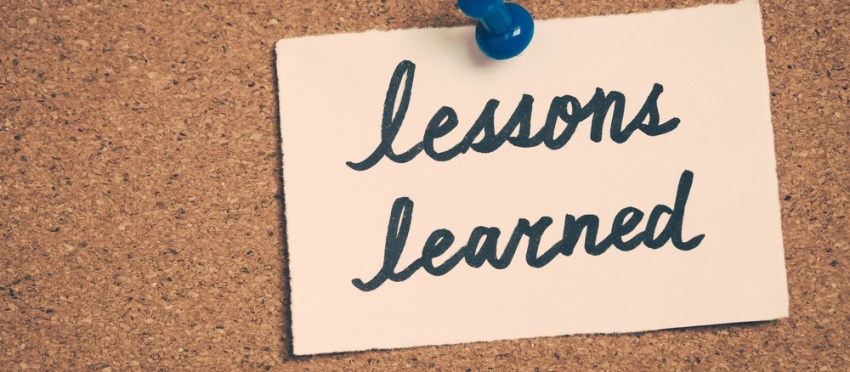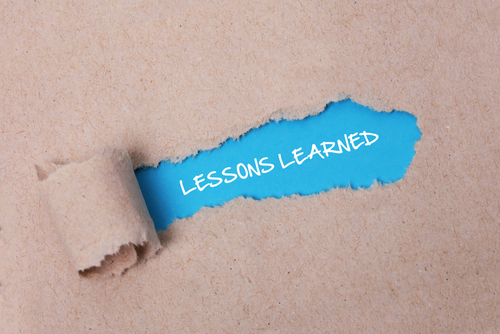In a new edition of feedback, CHIRP Maritime contains several reports that involve loss of life to highlight never to relax our vigilance when onboard. One case refers to an incident involving main engine failure that revealed maintenance deficiencies.
The ship’s officer will often check the draft during the loading and unloading process, and this job is mainly carried out by the chief officer himself, especially during the draft survey, notes Capt. Zhao, Marine Safety Manager of DASIN Singapore based shipping company.
The ship’s draft mark is very inconvenient to read due to the design, especially the midship and stern draft marks. If ship alongside, the inboard draft mark can be read from the berth, If the port does not allow crew going ashore due to security or covid-19 restrictions, then the pilot ladder or small crane must be used to check the draft, A similar approach should be taken for the seaward draft reading.
No matter what method is used, as long as the draught is read onboard, it involves outboard operations. However, a recent spate of fatal accidents has raised public concern, involving crew members reading the draft and falling overboard resulting in death.
A vessel berthed at a terminal and some port personnel noticed that one of the monkey fists used on a heaving line was particularly heavy. The monkey fist was inspected, and it was discovered that although the outer casing was made from rope, the inner core was of compacted sand surrounding a large steel nut contained within a cotton casing. The total weight was 740g.
The vessel and company were advised and there was an internal investigation. It transpired that the vessel had five other heaving lines with monkey fists on inventory. After testing with a metal detector no metal parts were found and all weighed less than 500g, which is an accepted maximum limit according to best practice and certain codes. It would appear a crewmember had made the monkey fist on his own initiative, and this escaped supervision or detection.
After a severe chemical burn to an engineer onboard, CHIRP analyzes the incident, explaining the circumstances that led to it and provides lessons learned for the future.




